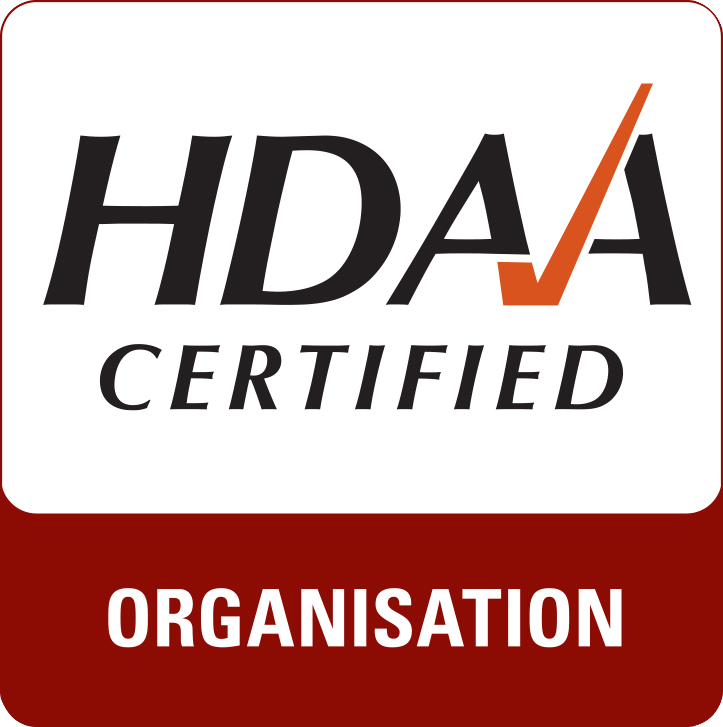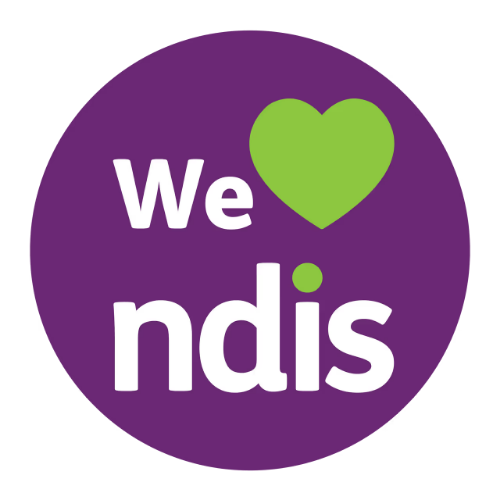Quickly and easily managing NDIS claims is crucial for people with disabilities. The easier the claims process, the more they can focus on what matters most — building their skills and maintaining their independence. After all, that’s why the NDIS was founded.
What are the ways to claim?
There are three ways to claim through NDIS:
1. Self-management
The NDIA give you funding so you can access the supports that will best help you achieve your goals.
While it offers greater flexibility, only 7% of NDIS participants manage their claims themselves as it can be a complex and time-consuming process.
2. Plan managed funding
The NDIA provides funding in your plan to pay for a Plan Manager who pays providers for you. They then keep track of funds and take care of financial reporting for you.
With an easy claims process, 35% of NDIS participants use plans managed by the National Disability Insurance Agency (NDIA).
3. NDIA managed funding
The NDIA pays your providers on your behalf.
With both flexibility and an easy claims process for NDIS participants, it’s the most popular choice among NDIS participants, with 58% selecting this option.
In this guide to making a claim through the NDIS, we’ll examine the claims process for each of the three options. Keep reading to determine which method is best for you.
At Absolute Care & Health, we’re a specialist NDIS disability care provider empowering people with disabilities to build their skills and independence.
1. How to claim when using a self-managed plan
Self-management is more complicated — which is why only 7% select this method. Still, it can give you greater flexibility and control.
The two options for making claim under a self-managed plan
With a self-managed plan, you receive the money to pay for your supports yourself. To receive your claim, there are two processes you can follow.
Option 1: Making a payment request with the NDIA before paying your provider
- Receive support services
- Receive the invoice
- Make a payment request
- Receive payment
- Pay your provider
Option 2: Paying your support provider before making a payment request with the NDIA
- Receive support services
- Pay your provider
- Receive the receipt
- Make a payment request
- Receive payment
How to make a payment request?
It’s a complex process if you’re using a self-managed plan. Since it is so easy to make small errors that prevent your claim from being processed, we recommend reading the full NDIS guide on using the myplace portal.
Here’s a brief 5-step overview of the claims process for self-managed plans:
- Log onto the online myplace portal through your myGov account.
- Select the Payment Request option.
- Enter the necessary details, including the payment amount, support category, and start and end date for the support. All invoice, receipt, and payroll details must be exactly correct.
- Submit your request.
- It will then take 24-48 hours to be paid into your bank account.
If you find this process complicated and confusing, our friendly support workers are happy to help you out.
2. How to claim when using an NDIA managed plan
The claims process is simple for NDIS participants when using a plan managed by the NDIA, often referred to as agency-managed. It’s completely managed by the NDIA who pay providers on your behalf.
Here’s how claims work when they’re managed by the NDIA:
- Your support providers can claim payments online.
- The NDIA keeps records of your support services and manages your bookkeeping.
- You can use the myplace portal to see what claims are being made.
When you are using an NDIA managed plan, you can access support services from a range of NDIS registered providers. However, you cannot use any unregistered providers.
3. How to claim when using a registered care provider
It’s quick and easy to make a claim when working with registered NDIS disability care providers. That’s why over half of applicants are using this method!
Making a claim through a registered care provider is a two-step process:
- The NDIA pays your registered care provider.
- The registered care provider provides the services they are being paid for.
For example, Absolute Care & Health provide personal support services and are paid by the NDIA directly. Each service provider is paid for their services directly by the NDIA.
These providers handle all the details of NDIS claims, so people with disabilities can focus on reaching the goals outlined in their NDIS plan and maintain their independence. And because registered providers and agencies are handling the finances outlined by you in your plan, you can trust your money will go to the right places.
Absolute Care & Health make sure you get the best support
At Absolute Care & Health, we are proud to be a registered NDIS disability care provider. We provide reliable, high-quality, personalised support services for our clients — and handle the entire claims process. Managing the claims process lets us ensure we provide our clients with the highest quality care possible.
At Absolute Care & Health, we are a high-quality, reliable, NDIS disability care provider. We work with you to help you reach the goals you’ve created in your NDIS plan.






